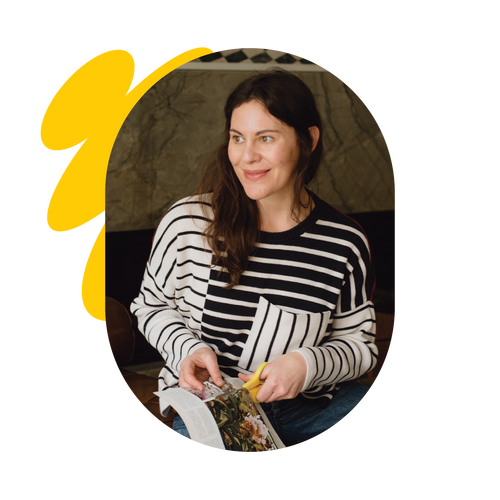Color Field Painting is an art movement that emerged from Abstract Expressionism in the mid-20th century. In opposition to the dramatic, gestural works of the first generation of Abstract Expressionist artists including Jackson Pollock, Color Field Painters were instead focused on the saturation and intensity of color, emphasizing the flatness of the canvas and the tension set up between colors and shapes.
Artists like Helen Frakenthaler would thin their paint using turpentine or another medium and pour it onto raw, unprimed canvas, creating luminous color washes that would soak into and merge with canvas fibers.
As a substitute for the action of the paintbrush she would lift the canvas and tilt it at various angles so that the paint would flow across the surface.

These artists had to account for gravity and the ebb and flow of a liquid across a flat surface, so a fascinating aspect of this method is the blend of the artist’s control paired with the unpredictability of the forces of nature.
This was a highly process-oriented manner of painting – freeing the artist’s hand and making the paint dependent on gravity – and subsequently introducing a greater dimension of chance, transforming the relationship of paint to canvas.

Our favorite Color Field Painters include:

Listen to Frankenthaler talk about her work
Teach your kids about Frankenthaler
Watch rare video archive footage of Frankenthaler
Meet Sam Gilliam
Bask in the glory of his installation at DIA: Beacon

Get hella inspired by this epic short video made by the Tate Museum of Bowling in his studio
Learn more about Bowling's journey as an artist








